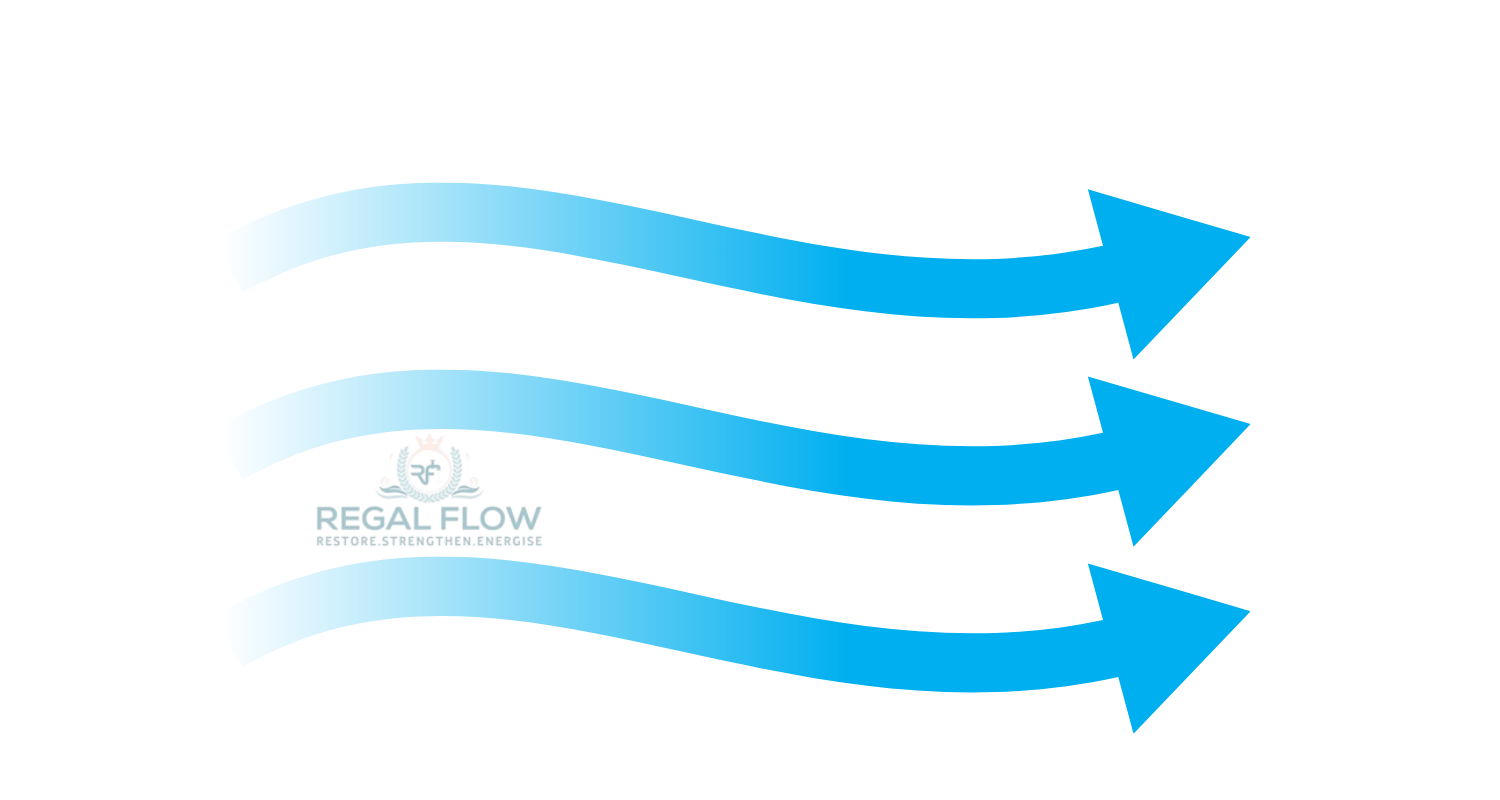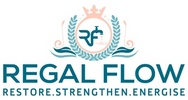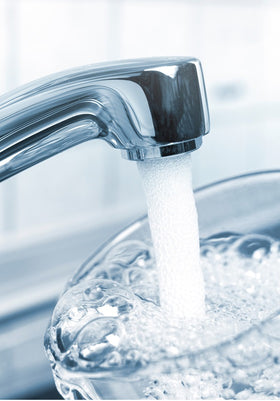
How to Remove Air from Your RO System: A Simple Guide
Is your RO system gurgling like a distressed kettle? Don’t panic—removing air is easier than you think! Simply turn off the system, open the faucet, and purge the air. In Reverse Osmosis: Specialised Topics and Advanced Insights, we show you how to keep your water flowing smoothly—whether you're using a countertop dispenser or a full system.
Why Air Can Get Trapped in Your RO System
Air can get trapped in your Reverse Osmosis (RO) system for several reasons. It’s a common issue that tends to pop up at certain stages in the system’s life, and while it’s nothing to worry about, it can cause disruptions if not addressed. Here’s why it happens:
During Initial Installation
When you first install your RO system, air often gets trapped during the setup. This happens as the system is pressurised for the first time, and air can get caught in the pipes, the filter housing, or the tank. If you’ve just had your system installed, it’s good to check for air build-up as part of the initial setup.
After Filter Changes
Changing the filters in your RO system can also introduce air. As you replace the filters, there’s a chance that air pockets form in the system, affecting the water flow. This is especially common if the filters weren’t seated properly or if the system wasn’t fully flushed after the change.
Due to Fluctuations in Water Pressure
Air can also sneak into the system when there’s a fluctuation in water pressure. Things like water supply interruptions or maintenance work can cause sudden pressure drops, allowing air to enter the RO system. Even something as simple as turning the system on or off can result in air pockets.
Common Signs of Air in Your RO System
How do you know if air is trapped inside? Here are a few common signs that something’s not quite right with your system.
Gurgling or Spitting Faucet
If you hear strange gurgling or see water sputtering from your faucet, it’s a strong indicator that air is trapped in the system. The water is struggling to push past the air pockets, which leads to those annoying sounds.
Reduced Water Flow
Air in the system can restrict water flow. You might notice the water coming out slower than usual, or perhaps it takes a lot longer to fill a glass. This is a telltale sign that your RO system needs a little air-purging TLC.
Noisy Operation
Bubbling, hissing, or even gurgling noises coming from your RO unit could be the result of trapped air. These sounds can occur as air tries to make its way through the system, interfering with smooth water flow.
Steps to Bleed Air from Your RO System
Don’t worry! Bleeding air from your RO system is actually quite straightforward. Just follow these simple steps to get your system back to normal.
Turning Off the Water Supply
Before you do anything, make sure to turn off the water supply to your RO system. This will stop any more air from entering the system as you work on fixing the issue.
Opening the Faucet to Release Pressure
Next, open the RO faucet to relieve the pressure inside the system. This makes it easier for any trapped air to escape and allows the system to reset. You might notice a little water trickling out as the pressure normalises.
Locating and Depressing the Air Relief Valve (if present)
Some RO systems have an air relief valve—this is your best friend in the fight against trapped air. If your system has one, simply locate the valve and press it to release the air. If it’s not there, don’t panic! There are still other ways to remove the air.
Gently Tilting the RO Unit
Sometimes, tilting your RO unit slightly can help move the trapped air to an exit point. Give it a gentle tilt and see if you notice any air escaping. Just be sure to avoid knocking or damaging any components in the process.
Cycling the System (Filling and Draining)
Now that the air has been released, it’s time to cycle the system. Fill and drain the RO system a few times to ensure it’s properly pressurised and that all the air has been purged. This will help get everything running smoothly again.
Bleeding Air After Filter Changes
After changing the filters, you may notice that air is still lingering in the system. Here’s how to get it all sorted after the filter change.
Allowing the System to Fill Slowly
When you first turn the water back on after changing the filters, allow the system to fill slowly. This gives the air a chance to escape as the water fills the system, rather than pushing more air into the filters.
Running Water Through the Faucet for an Extended Period
Once the system is filled, keep the faucet running for a little while. This helps to push out any remaining air and ensures everything is functioning as it should.
Preventing Air Build-up in Your RO System
It’s always better to prevent a problem than fix it later. By taking a few simple steps, you can avoid air issues in your RO system altogether.
Ensuring Tight Fittings During Installation
One of the most common causes of air build-up is poorly installed fittings. During installation, ensure that all connections are tight and secure. Loose fittings can let air sneak in, causing all sorts of problems later on.
Slowing Down Water Flow During Filter Changes
When you change your filters, consider slowing down the water flow. This can prevent air from being forced into the system. By being a bit more patient during the process, you’ll save yourself from having to deal with trapped air.
Conclusion: Keeping Your RO System Air-Free for Optimal Performance
There you have it—a simple guide to keeping your RO system free from troublesome airlocks. By knowing what causes air build-up, how to identify the signs, and the steps to take for quick removal, you’ll keep your system running smoothly for years to come. Regular maintenance, including careful installation and slow filter changes, will help keep your system in top condition, ensuring you always have clean, purified water when you need it. If problems persist, however, don’t hesitate to reach out to a professional who can help resolve any deeper issues.
More Reverse Osmosis info we think you'll love
Reverse Osmosis Filter Replacement Service
Reverse Osmosis Power Consumption
Reverse Osmosis System Connections
Reverse Osmosis System Water Quality
When to Change Reverse Osmosis Filters
Reverse Osmosis Countertop System
Tankless Reverse Osmosis System
Reverse Osmosis Water Filter for Aquarium
Can Reverse Osmosis Remove Bacteria?
How to Fix Low Water Pressure in a Reverse Osmosis System



Leave a comment